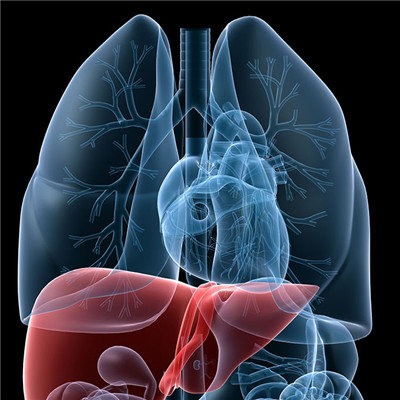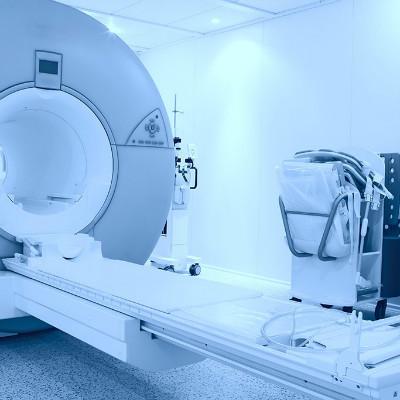How to diagnose liver metastatic tumor?
summary
With the enhancement of the awareness of physical examination, B-ultrasound examination is convenient and fast, very popular, people go to the hospital to see a doctor, the doctor to do a B-ultrasound is a very common thing. When B-ultrasound results indicate "hepatic cyst" or "hepatic hemangioma", many people think that they have a tumor in their liver, and they are at a loss So let's share how to diagnose metastatic tumor of liver?.
How to diagnose liver metastatic tumor?
First, the liver is located in the right upper abdomen, adjacent to the right lung and heart; The lower part is adjacent to the stomach, duodenum and hepatic flexure of colon; The back contacts the right kidney and adrenal gland. Liver tumors are both benign and malignant. Most people grow tumors in the liver in their life, but most of them are benign. The most common benign tumors are hepatic hemangioma, hepatic cyst and so on. For one thing, AFP (alpha fetoprotein) is negative in benign tumors.
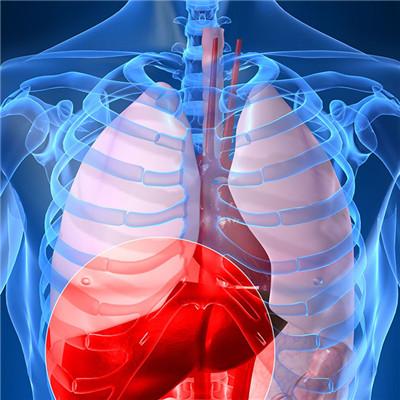
Second: liver cysts are often multiple, generally without discomfort. B-ultrasound shows "liquid dark area". CT enhanced scan shows that the contrast agent will never enter the lesion. Liver cysts rarely increase gradually, and most of them do not need treatment.
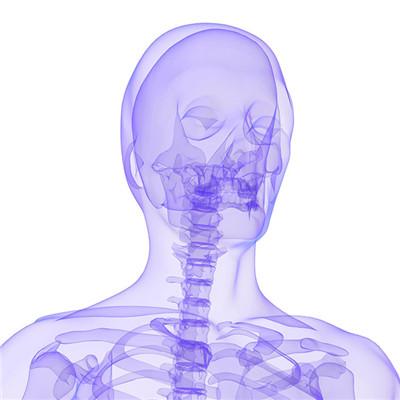
Third: hepatic hemangioma is also a common benign tumor of the liver. Small hemangioma is asymptomatic, and large hemangioma may feel uncomfortable due to space occupying effect. MRI is one of the important means to diagnose hepatic hemangioma. It shows the same high signal as gallbladder on T2 phase, which is called "bulb sign". When the hemangioma is larger than 10 cm, it usually needs to be resected. When it is 5-10 cm, it should be observed. If necessary, it should be operated. When it is less than 5 cm, it should not be treated.
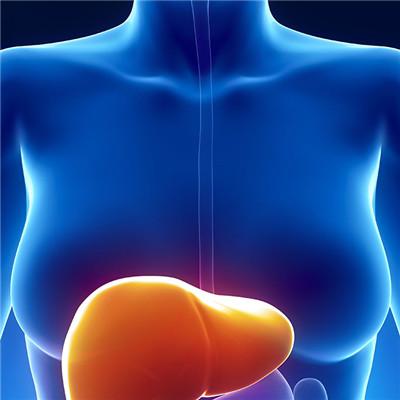
matters needing attention
To sum up, liver tumors are not necessarily liver cancer, most of them are benign, and a few are malignant. For most liver tumors, doctors can distinguish between good and bad by general laboratory examination, and a few patients are really difficult to determine, so they need to be confirmed by puncture biopsy or surgical resection.




